Taking your cat to the vet is an essential part of ensuring a long, happy, and healthy life for your beloved feline friend. However, anyone who�s spent years caring for a cat knows that vet visits can sometimes feel like navigating a minefield of anxiety�for both the pet and the owner. As someone who has been a pet parent for decades, I�ve seen firsthand how a little preparation and a few heartwarming strategies can make a world of difference. In this guide, we�ll explore practical, up-to-date tips to transform vet trips from stressful ordeals into manageable, even positive, experiences. Whether your cat is a cuddly lap cat or an independent explorer, these steps will help ensure that your visits are as calm and efficient as possible.
1. Choosing the Right Veterinary Clinic
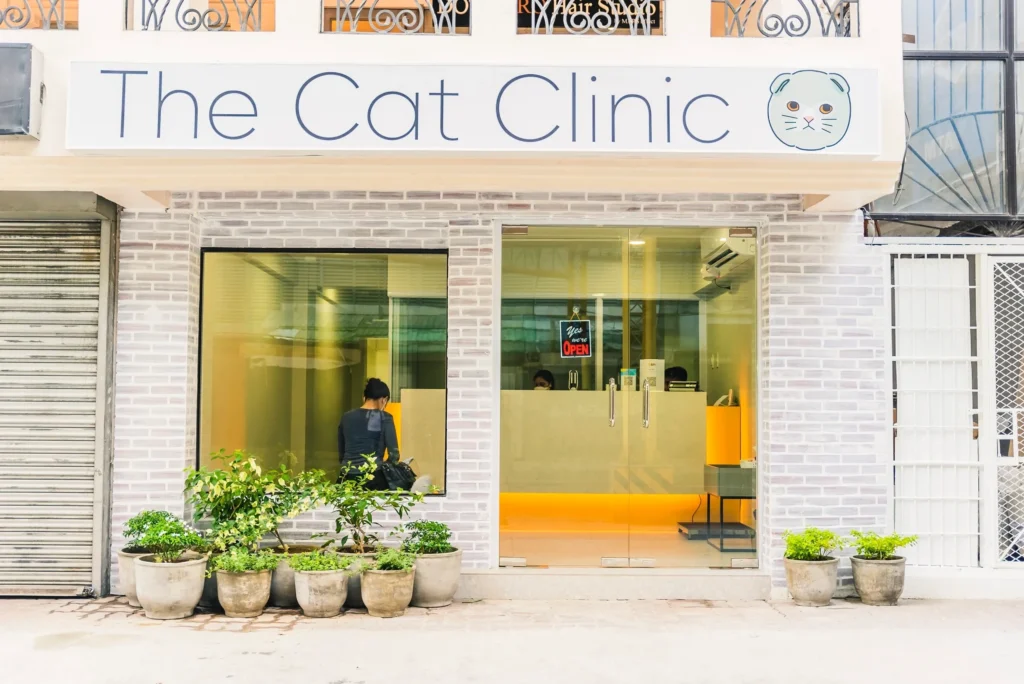
The first step in a stress-free visit is choosing a clinic that understands your cat�s unique needs.
Cat-Friendly Clinics
- Feline-Specialized Practices: Look for a veterinary clinic that is recognized as a Cat Friendly Practice or even a certified feline-only clinic. These facilities are designed with cats in mind�from separate waiting areas (to keep anxious cats away from energetic dogs) to gentle handling techniques tailored to feline behavior. Clinics like those highlighted by Calder Vets and Freeport Veterinary Hospital emphasize these features to reduce stress upon arrival.
- Recommendations from Other Pet Parents: As a long-time pet caretaker, I�ve learned that personal recommendations go a long way. Ask friends, join local pet groups online, or consult social media communities dedicated to pet care. Hearing success stories from fellow cat lovers can provide reassurance and valuable insights.
- Pre-Visit Tours: If possible, schedule a brief tour of the clinic before your cat�s first appointment. Familiarizing your cat with the environment�even if it�s just a quick walk-through�can ease the transition when it�s time for a full checkup.
2. Preparing Your Cat for the Carrier
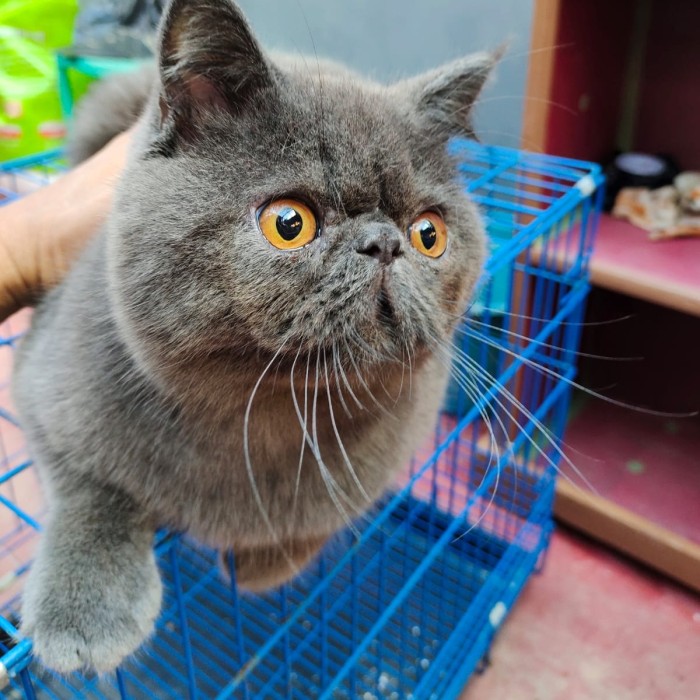
For many cats, the carrier is the greatest source of anxiety. Over the years, I�ve discovered that transforming the carrier into a safe haven is one of the best ways to reduce stress.
Make the Carrier Part of Home Life
- Leave It Out: Rather than storing the carrier away until you need it, keep it in a common area of your home. This simple act removes the association that �carrier equals vet visit� and allows your cat to explore and even sleep in it.
- Comfort is Key: Line the carrier with a soft blanket or towel that carries your cat�s scent. Adding a favorite toy or a piece of your clothing can further transform the carrier into a cozy retreat.
- Positive Reinforcement: Gradually encourage your cat to enter the carrier on their own by scattering treats, a little catnip, or even feeding them meals inside it. This approach is supported by advice from resources like Zoetis Petcare and MedVet, where they emphasize using rewards to build positive associations.
- Practice Makes Perfect: Don�t wait until the day of the vet visit to use the carrier. Start by having short �carrier sessions� where your cat spends time inside while you�re around. This desensitization process can take several days or even weeks but pays off in the long run.
3. Strategic Scheduling and Pre-Visit Routine
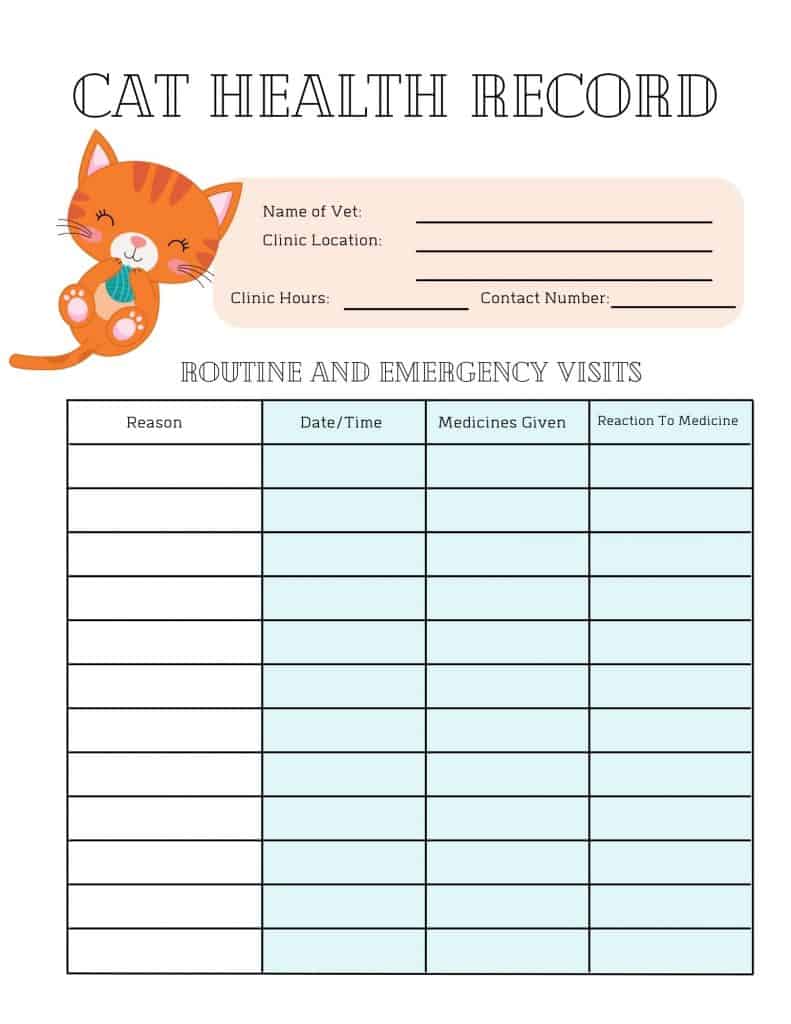
Timing can play a crucial role in managing stress, so plan your vet visits with care.
Choose the Right Time
- Less Busy Hours: When scheduling an appointment, ask if you can come during quieter hours. A calm, less crowded waiting room makes a big difference, as many cats feel overwhelmed by too many stimuli.
- Avoid Feeding Right Before: While a light meal might sometimes help, be cautious about feeding your cat right before the trip if they are prone to motion sickness. A small snack is fine�but avoid overfeeding.
- Desensitize with Car Rides: Similar to carrier training, gradually acclimate your cat to the car. Short, non-vet-related trips (perhaps a drive around the block) can help minimize anxiety on the day of the appointment. Reward calm behavior during these rides with treats or gentle praise.
Preparing Essentials
- Documentation and Records: Gather your cat�s vaccination history, any recent test results, and a list of medications. Having everything organized helps reduce delays and anxiety during the visit.
- Comfort Items: Pack a small bag that includes treats, a familiar blanket, and possibly a pheromone spray like Feliway. Many pet owners find that a few sprays inside the carrier before departure can help soothe even the most anxious cats.
- Calming Aids: If your cat has a history of extreme anxiety during vet visits, speak with your vet ahead of time about the possibility of anti-anxiety medications or supplements. Options such as Gabapentin have helped many cats�and their owners�cope with the stress of the visit.
4. The Journey: Keeping Calm in Transit

A smooth journey is a cornerstone of a stress-free vet visit.
Creating a Calm Environment in the Car
- Secure the Carrier: Place the carrier on a stable surface in your car�ideally on the floor or secured with a seatbelt�to prevent excessive movement that can worsen anxiety.
- Cover for Comfort: Drape a light towel or blanket over the carrier to reduce visual distractions. The soft darkness can help your cat feel more secure.
- Maintain a Gentle Ambience: Keep the car quiet and avoid loud music. Speak in a soft, reassuring tone, and consider playing gentle, calming music. Studies and pet care experts often note that soft music or white noise can have a soothing effect on pets.
- Avoid Rush Hour: Plan to leave with plenty of time so you�re not stressed by delays or the need to rush. Your calm demeanor is contagious�if you�re relaxed, your cat is more likely to remain calm as well.
5. At the Clinic: Transitioning to a New Environment
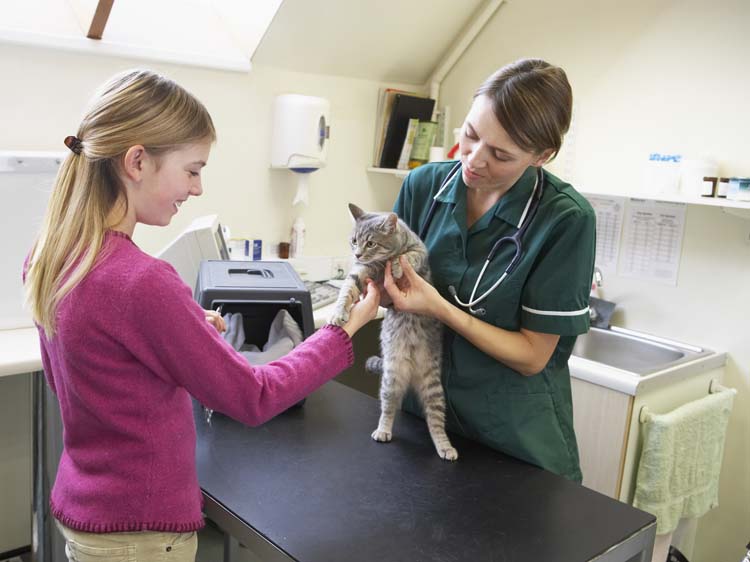
The moment you step into the clinic is pivotal. Here�s how to ensure your cat remains as stress-free as possible during the visit.
In the Waiting Room
- Minimize Exposure: Many cats become stressed in busy waiting rooms. Ask if you can wait in a quieter area�some clinics even allow you to stay in the car until your appointment.
- Keep the Carrier Covered: Continue to cover the carrier with your comforting blanket or towel. If there�s an option for a separate waiting area designed for cats, take advantage of it.
- Limit Interactions: While some cats might enjoy a friendly pat, many prefer to be left alone. If your cat is the latter, avoid letting unfamiliar people or even other animals in close proximity to the carrier.
In the Exam Room
- Stay Close: Being present during the examination can help reassure your cat. Hold the carrier close to your body or even gently stroke your cat if they allow it.
- Communication is Key: Before the exam, have a brief discussion with your veterinarian about your cat�s behavior and any previous stress signals. Let them know if your cat tends to get particularly anxious, and ask if they can adjust their approach accordingly.
- Flexibility in Handling: Sometimes, letting the cat stay inside the carrier during the examination can be less stressful. Many clinics are now equipped with protocols to examine cats right in their carriers, avoiding the need to physically remove the pet from their comfort zone.
6. Post-Visit Comfort and Follow-Up
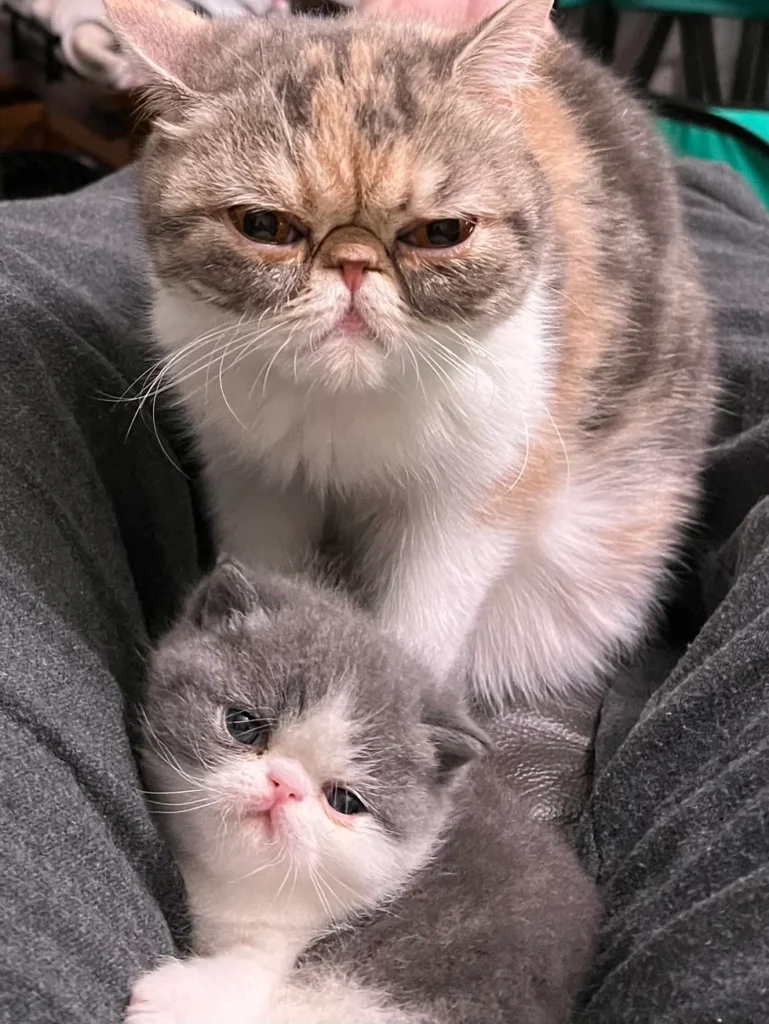
The work isn�t done once you leave the clinic. The post-visit period is essential for reinforcing positive experiences.
Winding Down at Home
- Create a Sanctuary: Once home, set up a quiet space where your cat can relax without disturbances. This should be a familiar area, perhaps near their favorite perch or bed.
- Reward Time: Offer treats, extra playtime, or simply extra cuddles. This reinforces that a vet visit, though stressful in the moment, is followed by rewards and affection.
- Monitor Behavior: Keep an eye on your cat for any signs of lingering anxiety or unusual behavior after the visit. If you notice anything concerning, don�t hesitate to contact your vet for advice.
Reflect and Learn
- Evaluate the Experience: After a few visits, take some time to reflect on what worked and what didn�t. Were there moments that triggered more stress? What did your cat enjoy? Use these insights to further tailor your approach for future visits.
- Stay Updated: Veterinary care techniques evolve, and many clinics are now integrating newer methods like virtual consultations or at-home care options. For instance, services like Chewy�s �Connect with a Vet� allow for quick consults from home, reducing the need for some in-person visits when you�re simply seeking advice. Always keep an open dialogue with your veterinarian about emerging strategies that might suit your cat�s unique needs.
7. Embracing a Long-Term Strategy for a Happier Vet Experience

As pet owners, we learn and adapt with each experience. Over the years, I�ve come to view every vet visit not as a dreaded chore but as an opportunity to strengthen the bond with my cat. Here are some long-term strategies to ensure that vet visits become a routine part of your pet�s healthcare rather than a source of ongoing anxiety.
Regular Routine and Positive Conditioning
- Consistency is Key: Regular, low-stress visits help your cat understand that these events are normal and routine. Preventive care and wellness checkups�even if your cat seems healthy�are vital in catching potential issues early and building a positive association with the vet.
- Behavioral Training: Consider engaging in regular training sessions at home that mimic elements of a vet visit. This can include gentle handling, light restraint exercises, and brief periods in the carrier. Over time, your cat may come to view these activities as normal parts of life.
- Professional Support: If your cat�s anxiety remains high despite your best efforts, consult with a veterinary behaviorist. Many clinics now offer specialized consultations that can help tailor a behavior modification plan for your cat.
Exploring Innovative Solutions
- Telehealth Options: In today�s digital age, some pet owners are finding that virtual consultations can help reduce stress. While these appointments can�t replace in-person exams entirely, they do offer a way to address minor concerns from the comfort of your home.
- At-Home Veterinary Care: Some services are even exploring the idea of mobile vet visits, where a professional comes to your home. This option can be particularly beneficial for extremely anxious cats who struggle with transportation or unfamiliar environments. Recent developments in this area (as seen with services like �1 click Vet� in parts of Europe) highlight the growing trend of personalized, stress-reducing veterinary care.
Connecting with the Pet Community
- Share Your Experience: Joining pet owner forums and local groups can provide you with a wealth of information and moral support. Many long-time pet parents are happy to share their own tips and experiences, which can help you feel less isolated in your challenges.
- Advocacy for Feline Welfare: Support and promote clinics that prioritize low-stress handling and innovative care practices. Your feedback can contribute to a broader movement towards more compassionate veterinary care for our feline friends.
Final Thoughts
Bringing your cat to the vet doesn�t have to be a harrowing experience. With thoughtful preparation, a calm approach, and a willingness to learn and adapt, you can create a routine that benefits both you and your pet. Remember, your cat is not �being difficult��they are simply reacting to a situation that feels foreign and overwhelming. By transforming the carrier into a safe haven, choosing the right clinic, and using a mix of gentle techniques and modern solutions, you can help ensure that your cat remains happy, healthy, and stress-free during every visit.
As someone who has witnessed both the challenges and the rewards of being a dedicated pet parent over the years, I can attest that every small improvement in your vet visit routine is a victory. These strategies, while they may require some extra planning and patience, ultimately lead to a more comfortable life for your cat and a more relaxed experience for you. After all, our pets deserve nothing less than our very best efforts to keep them safe, healthy, and full of joy.
So, the next time you see that carrier come out of the closet, remember: with a little love and preparation, it can be a gateway to a positive, stress-free experience for you and your furry friend.
Happy pet parenting�and here�s to many more happy, healthy years with your cherished companion!


